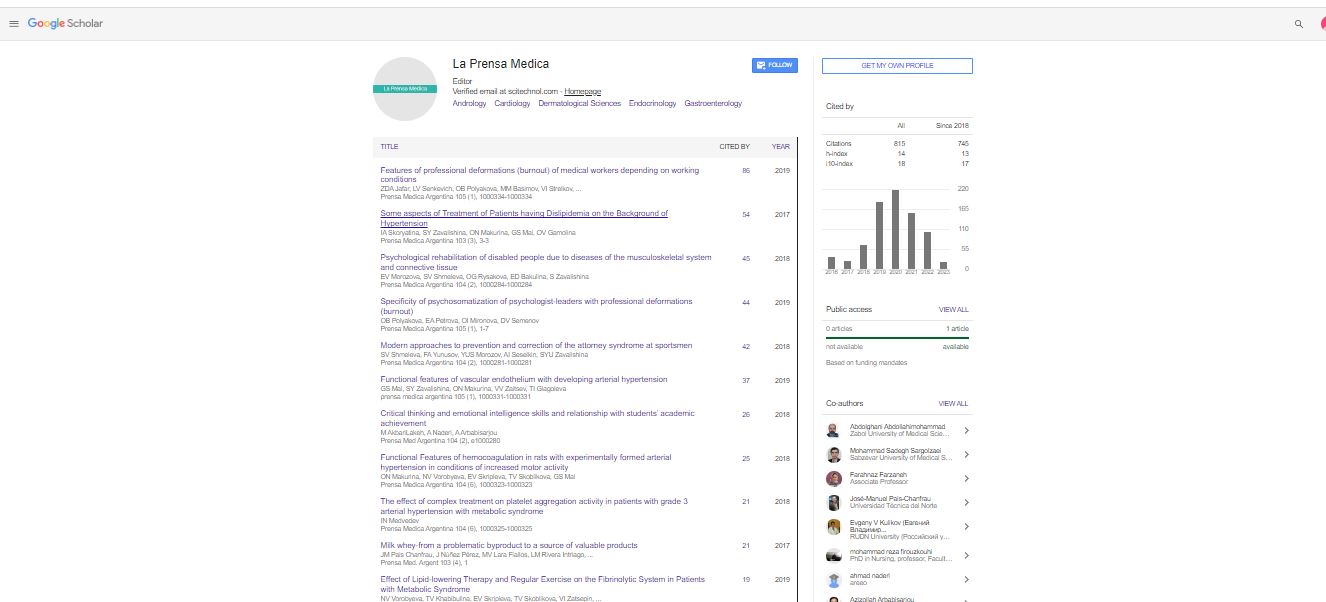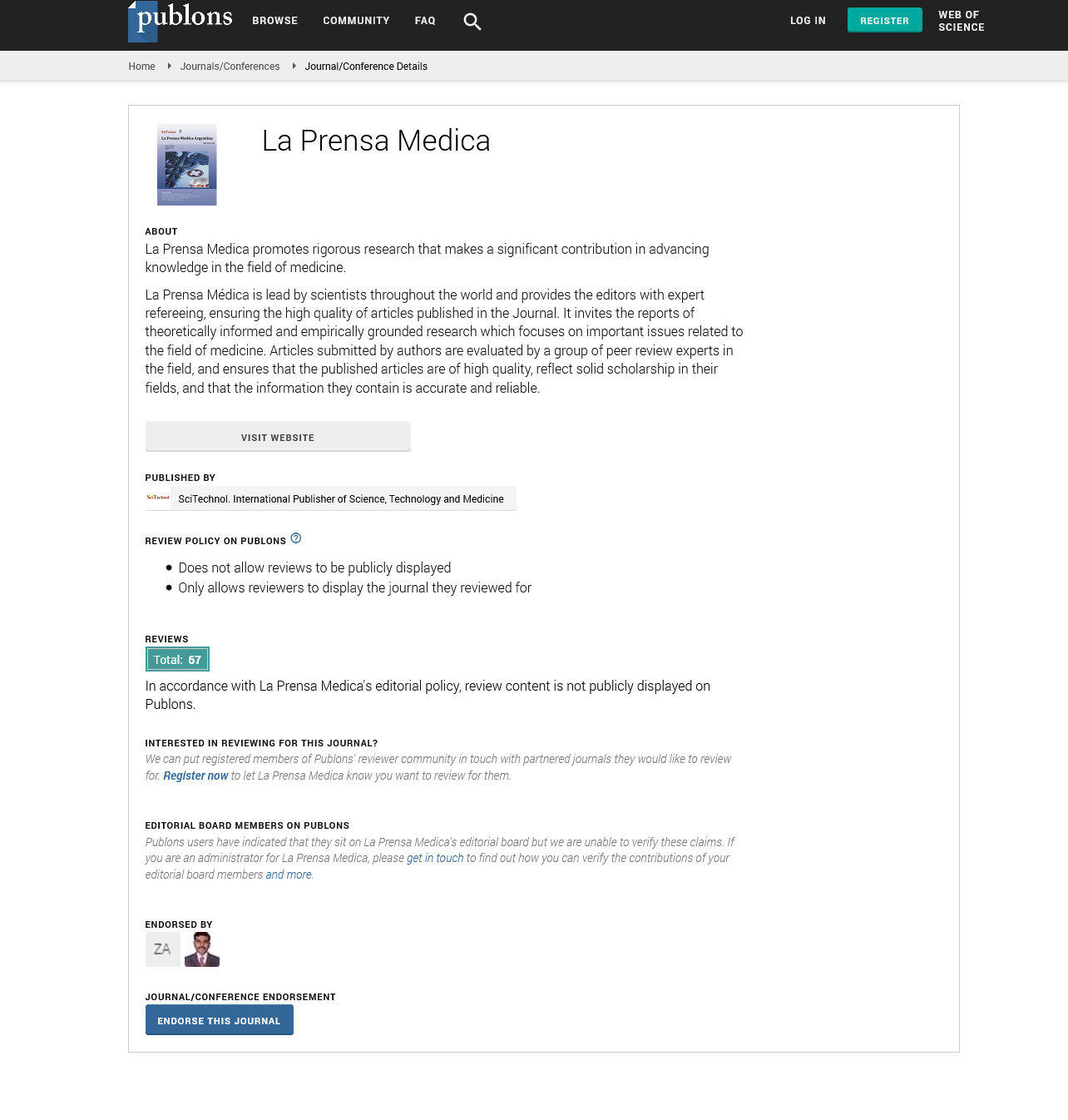Short Communication, Lpm Vol: 0 Issue: 0
Field validation exercise to evaluate community based Nawa Jatan intervention for child nutrition, Chhattisgarh, India
Ashish Sinha Pt*
Jawahar Lal Nehru Memorial Medical College Raipur India
Abstract
Malnutrition is a one of the major social and public health concern in India. Data shows that every 3rd child is underweight in India. There is a similar situation in Chhattisgarh with 37% children underweight. Women and Child Development (WCD) department does annual weighing campaign i.e. Wajan Tyohar, through community participation conducted through growth monitoring and provides community based supplementary nutrition at village level through frontline Anganwadi workers. Anthropometric measurement is the main tool to assess the nutrition status of children. An initiative was taken to validate the data reported by frontline workers in Chhattisgarh during the Nawa Jatan weighing campaign. A statistically representative sample of children was selected across the state and anthropometric measurement was done by post graduate students of Community Medicine department. In August 2016 Department of WCD did a universal weighing campaign for children and 30.13% of them were reported as being underweight. The validation exercise reports 37.76% as being underweight. The underweight children were followed up for next six months with special focus on their supplementary nutrition by frontline workers. After six months of this intervention 41.6% improved their nutrition status and reached normal (out of 30.13% reported underweight in August). As per validation report 39.6% children reached normal (out of 37.76% reported underweight in August). As per WCD department the overall program effectiveness is 41.6% in terms of improving the malnutrition status of underweight children. The validation exercise plays a vital role as supportive supervision and in capacity building of frontline workers. This exercise shows that the problem is bit more than estimated by frontline Anganwadi workers. The intervention has improved skills and work outcome of frontline workers.
Keywords: Child nutrition, Field validation exercise
Introduction
Malnutrition is a one of the major social and public health concern in India. Data shows that every 3rd child is underweight in India. There is a similar situation in Chhattisgarh with 37% children underweight. Women and Child Development (WCD) department does annual weighing campaign i.e. Wajan Tyohar, through community participation conducted through growth monitoring and provides community based supplementary nutrition at village level through frontline Anganwadi workers. Anthropometric measurement is the main tool to assess the nutrition status of children. An initiative was taken to validate the data reported by frontline workers in Chhattisgarh during the Nawa Jatan weighing campaign. A statistically representative sample of children was selected across the state and anthropometric measurement was done by post graduate students of Community Medicine department. In August 2016 Department of WCD did a universal weighing campaign for children and 30.13% of them were reported as being underweight. The validation exercise reports 37.76% as being underweight. The underweight children were followed up for next six months with special focus on their supplementary nutrition by frontline workers. After six months of this intervention 41.6% improved their nutrition status and reached normal (out of 30.13% reported underweight in August). As per validation report 39.6% children reached normal (out of 37.76% reported underweight in August). As per WCD department the overall program effectiveness is 41.6% in terms of improving the malnutrition status of underweight children. The validation exercise plays a vital role as supportive supervision and in capacity building of frontline workers. This exercise shows that the problem is bit more than estimated by frontline Anganwadi workers. The intervention has improved skills and work outcome of frontline workers. Globally, 26% of children are moderately to severely underweight, 10% is moderately to severely wasted, and 31% are moderately to severely stunted. 1 In India, 48% of children under 5 years are stunted and 43% are underweight and 20% of children under 5 years in the country are wasted. 2 Failing to deal effectively with the malnutrition problem Field validation exercise to evaluate community based Nawa Jatan intervention for child nutrition, Chhattisgarh, India Ashish Sinha Pt. Jawahar Lal Nehru Memorial Medical College Raipur India in India has dire consequences for childrens development. Through precipitating disease and speeding its progression, malnutrition is a leading contributor of infant and child mortality and morbidity. More than half (54%) of all deaths before the age of 5 years in India are related to malnutrition. Growth assessment is the single most useful tool for defining health and nutritional status in children at both the individual and population levels. Recognizing the extensive prevalence of malnutrition and the consequent drain on the countrys human resource, the Government of India started the Integrated Child Development Services (ICDS) Scheme; to respond to the childs needs in a comprehensive and holistic perspective. The nutritional status of children can be evaluated by their growth. Under nutrition has been measured by anthropometric indicators in terms of stunting, wasting, and underweight. Stunting (low height for age) and wasting (low weight for height) are respectively associated with chronic malnutrition and current nutritional status. Medicine to validate the data of end line community nutrition program (i.e. Nawajatan Phase IV) across the state with following objectives: • To validate end line Nwajatan intervention results through record validation at field level • To validate the data of ICDS for March 2016 on the basis of actual weighing. METHODS : On February all the stakeholders (i.e. DWCD, UNICEF and NGO Representatives) of Nawajatan Phase IV validation met in the Dept. of Community Medicine before initiating survey in the state. There after a one day Hands-on Demonstration cum Training of Survey Teams was organized in Dept. of Community Medicine at Pt. JNM Medical College, Raipur. Out of all 2462 Gram Panchayats (GPs) of Nawajatan Phase IV project, 10% of them were included in the study i.e. 246 GPs across the state. These GPs were identified by applying Systematic Random Sampling methodology. A total of 40 teams two member in each were involved in the survey. Data collection was undertaken during April - May 2016. It was decided that team members will collect data from AWWs register and growth chart entry of February and March 2016 for the targeted children and recorded actual weight of targeted children on the day of visit. If child of identified Gram Panchayat/Anganwadi were not available due to any reason then nearby Gram Panchayat / Anganwadi of Nawajatan was visited and additional no. of children were included in the survey. After obtaining sampled Gram Panchayat list (i.e. desired no. of GPs from each district) we obtained the data of targeted children along with unique code of children given to them by DWCD. Supervision of survey teams was carried out by representatives of DWCD and Faculties/PG Scholars of Department of Community Medicine. Each supervisor had to undertake at least six supervisory visits during survey to monitor and supervise the survey team activity.
 Spanish
Spanish  Chinese
Chinese  Russian
Russian  German
German  French
French  Japanese
Japanese  Portuguese
Portuguese  Hindi
Hindi 

